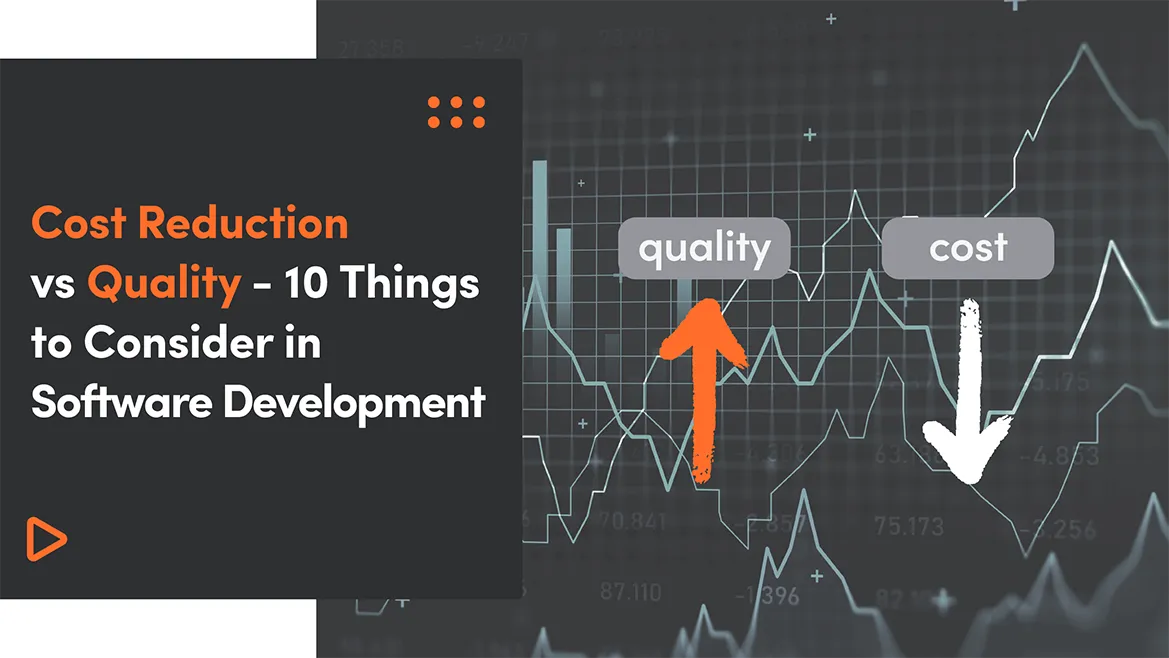What are the costs of IT staff augmentation? | Part 2
Apr 19, 2024 ・6 min read

American businesses are often turning to outsourcing as a strategic approach to software development. Why is this happening? Mostly due to the costs of a developer! Click to an article for more information

The need for quality software is a must! However, ensuring the quality of software products comes with a higher cost. Do you know how to compromise them both?

Compliance is important when developing software, especially in Europe where fines are high and businesses must adhere to the regulations. There are simple steps that can help you achieve it! Here's what you have to do!

See what we can create for You